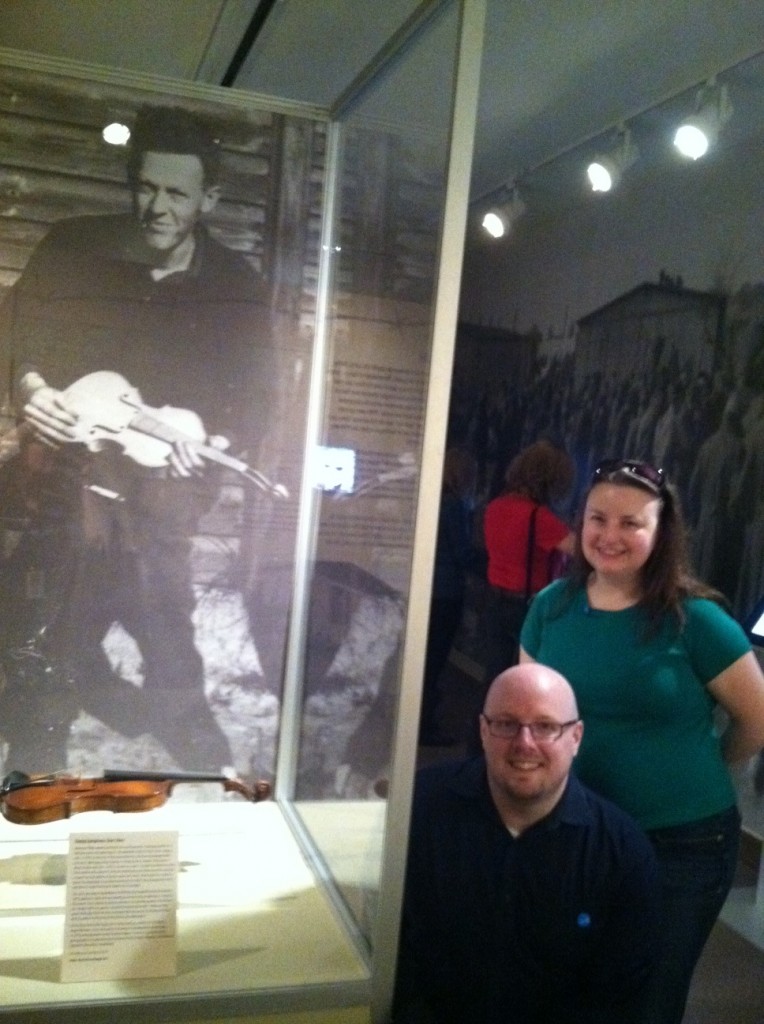
The late Clair Cline, a B-24 bomber pilot during World War II, was shot down over German-occupied Holland and subsequently captured. He, along with other prisoners of war (POWs), was shipped to Stalag Luft I—a prison camp specifically for captured Allied airmen.
Cline describes the camp as a “dismal place,” as its facilities were kept at a bare minimum and their rations meager.
But, the worst part of all? The uncertainty.
Time often seemed to stand still. Rumors of the captors killing their prisoners filled the camp.
In hopes of dispelling such dark thoughts, POWs would submerge themselves in different activities—playing cards, conjuring up plans for escape, reading second-hand paperbacks. Cline took up sewing for a while before carving model airplanes.
One day during the autumn of 1944, Cline grew tired of it. He couldn’t stand to carve another plane. Exasperated, he prayed to God.
“Oh, Lord, please help me find something constructive to do,” he cried.
There was no immediate answer, but one day, amid the desperate silence, like a glorious trumpet from on high, he heard a man whistle to the tune of a song from his childhood.
Hearing an acoustic rendition of “Red Wing” brought up memories of his uncle giving him a violin as a child. The very thought inspired him to build one.
But, with what materials and tools? He sank back into his feelings of futility briefly before he heard the words, “You can do it!” in his head. Cline remembered what his father would say when he repaired broken tools with next to nothing available: "You can make something out of nothing, son. All you've got to do is find a way—and there always is one."
So, over the span of months, Cline would come to build a roughly-hewn violin, the first of many he would build from wooden bed slats, a chisel fashioned from a kitchen knife, and carpenter's glue harvested from old wooden chairs in the barracks.
He traded his American cigarettes from his Red Cross care packages with guards in exchange for catgut, so he could finagle strings and a legitimate bow.
One fateful day, Cline finished his project. He feared the sound it would make, but when the time came, it played as true as any real violin.
It took time to regain his skill acquired during childhood, but his efforts filled the camp with music that brightened the days of inmate and sentry alike.
His most fond memory was of one Christmas when he played “Silent Night” for the POWs missing their homes and families. Axis and Ally sang in unison that night, tears forming in every eye.
That next May, the Allied prisoners were released from bondage. Cline’s instrument was later honored as a legend by his family and the nation alike. The violin now sits within the halls of the National WWII Museum of New Orleans.
Members of Cline’s family would continue his passion for classical music, those like his granddaughter Jennifer Mondie, her father, and her brother, who all belong to professional orchestras. In remembrance of her inspiring grandfather, who died in 2010 at the age of 92, Jennifer plays an heirloom viola.
Every Memorial Day, while playing with the National Symphony Orchestra, of which she has been a member for 20 years, she breaks out the heavy-duty instrument.
“This one is made to last,” she said. “The Cline is made to last.”
